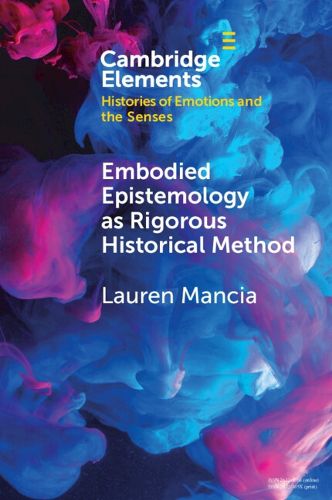Readings Newsletter
Become a Readings Member to make your shopping experience even easier.
Sign in or sign up for free!
You’re not far away from qualifying for FREE standard shipping within Australia
You’ve qualified for FREE standard shipping within Australia
The cart is loading…






This Element proposes that, in addition to using traditional historical methodologies, historians need to find extra-textual, embodied ways of understanding the past in order to more fully comprehend it. Written by a medieval historian, the Element explains why historians assume they cannot use reperformance in historical inquiry and why they, in fact, should. The Element employs tools from the discipline of performance studies, which has long grappled with the differences between the archive and the repertoire, between the records of historical performances and the embodied movements, memories, and emotions of the performance itself, which are often deemed unknowable by scholars. It shows how an embodied epistemology is particularly suited to studying certain premodern historical topics, using the example of medieval monasticism. Finally, using the case of performance-lectures given at The Met Cloisters, it shows how using performance as a tool for historical investigation might work.
$9.00 standard shipping within Australia
FREE standard shipping within Australia for orders over $100.00
Express & International shipping calculated at checkout
This Element proposes that, in addition to using traditional historical methodologies, historians need to find extra-textual, embodied ways of understanding the past in order to more fully comprehend it. Written by a medieval historian, the Element explains why historians assume they cannot use reperformance in historical inquiry and why they, in fact, should. The Element employs tools from the discipline of performance studies, which has long grappled with the differences between the archive and the repertoire, between the records of historical performances and the embodied movements, memories, and emotions of the performance itself, which are often deemed unknowable by scholars. It shows how an embodied epistemology is particularly suited to studying certain premodern historical topics, using the example of medieval monasticism. Finally, using the case of performance-lectures given at The Met Cloisters, it shows how using performance as a tool for historical investigation might work.